Reasons to Go
Wildlife Bucket List: 8 Whales and Seals to See in Antarctica
Some of the world's most impressive marine mammals call the White Continent home and your luxury expedition here is bound to reveal Antarctica's most spectacular whales and seals. Whether on land or beneath the waves, the wildlife in Antarctica is astounding in its variety. From humpback whales to Antarctic fur seals, add these incredible whales and seals of Antarctica to your must-see list.

Orcas
Also known as killer whales, in Antarctica, orcas show up in mesmerizing pods as they comb the seas in search prey. Not really whales at all, orcas are the largest member of the dolphin family — and also its most powerful carnivore. Known for their intelligent, collaborative hunting efforts, pods of orcas can be seen swimming along Antarctic coasts in search of prey, each easily distinguished by its jet-black top and the wide, white patches behind its eyes.

Humpback whales
Distinctive features of this gentle giant include long pectoral fins, a knobby head and a length of about 53 feet long — longer than a Greyhound bus. Extraordinary close-up views of these graceful whales in Antarctica are a common reward for visitors here. See them bubble-net feeding and stirring up krill-rich waters, something A&K’s Expedition Team excitedly refers to as “whale soup.”
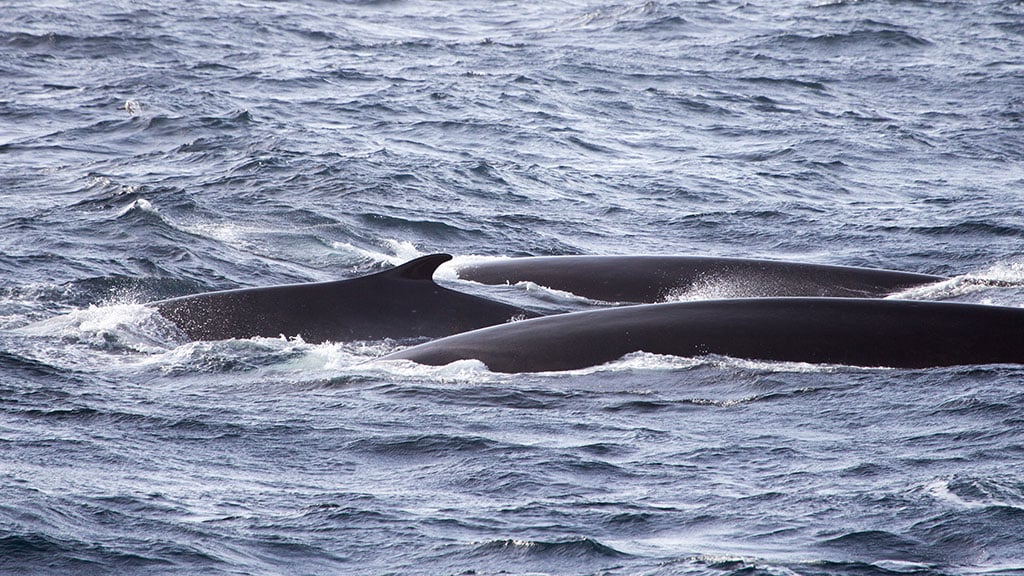
Fin whales
The second largest whale in the world after the blue whale, fin whales can grow to a length of 88 feet. More secretive than other whales in Antarctica as they seldom jump and do not show their flukes when diving, the best way to spot a fin whale is to look for the large splashguard in front of the blowhole on its flat, broad head. Despite a ban on hunting in effect since 1986, fin whales are still on the endangered list.
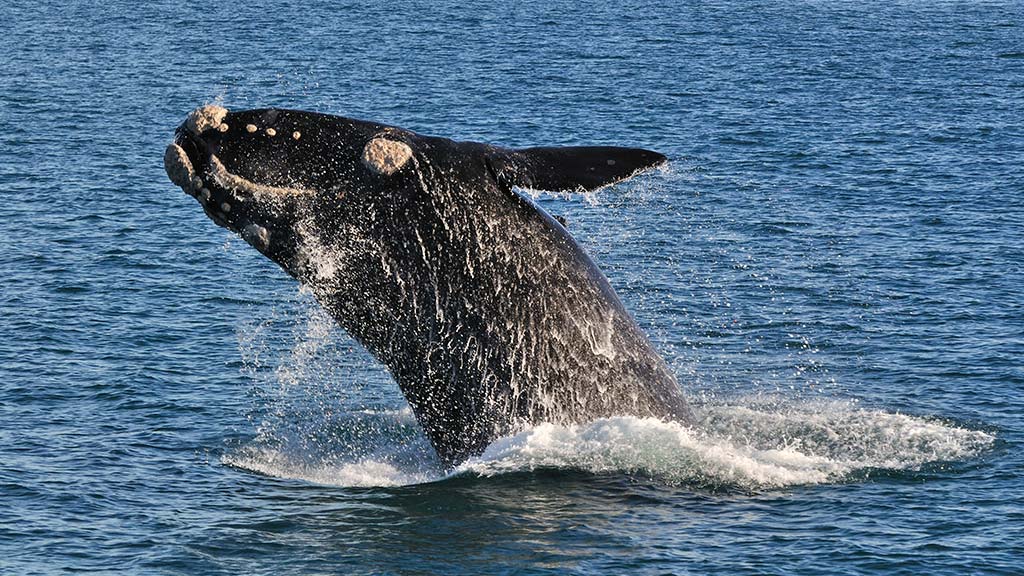
Southern right whale
Known as the right whale because it was the “right” one to hunt, the slow-moving southern right offered early whalers an easier kill and a profusion of oil. Its large head is topped with two blowholes and its distinct “bonnet” of callosities (crustaceans). Hunted from the early 17th century and nearly extinct by the 20th century, their numbers have slowly recovered. In Antarctica, these whales are often seen around the South Shetlands and South Georgia islands.

Antarctic fur seal
The only eared (Otariid) seal in Antarctica, the medium-size Antarctic fur seal was dubbed the “sea bear” by early mariners and nearly brought to extinction in the 19th century for its greyish brown coat. Now, some four million Antarctic fur seals — the species’ largest population — flourish on South Georgia.
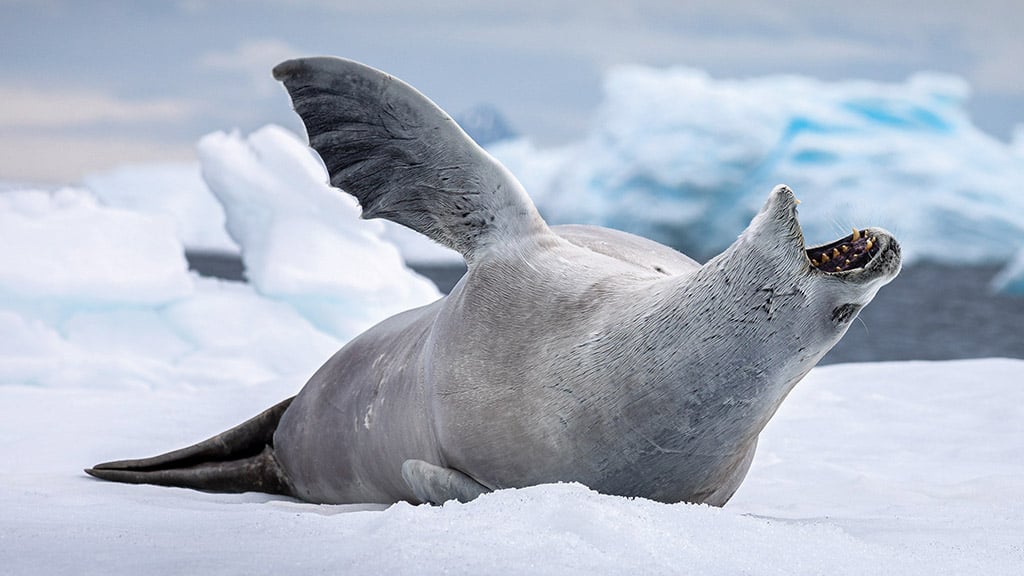
Leopard seal
Rarely seen outside of Antarctica, this stunning seal with a spotted coat and uniquely long snout is also a fierce top predator. Arguably one of the most exciting seals to see in Antarctica, leopard seals are the only species of seal to feed on warm-blooded prey — penguins and young seals — and females can reach an astounding 12-plus feet in length.
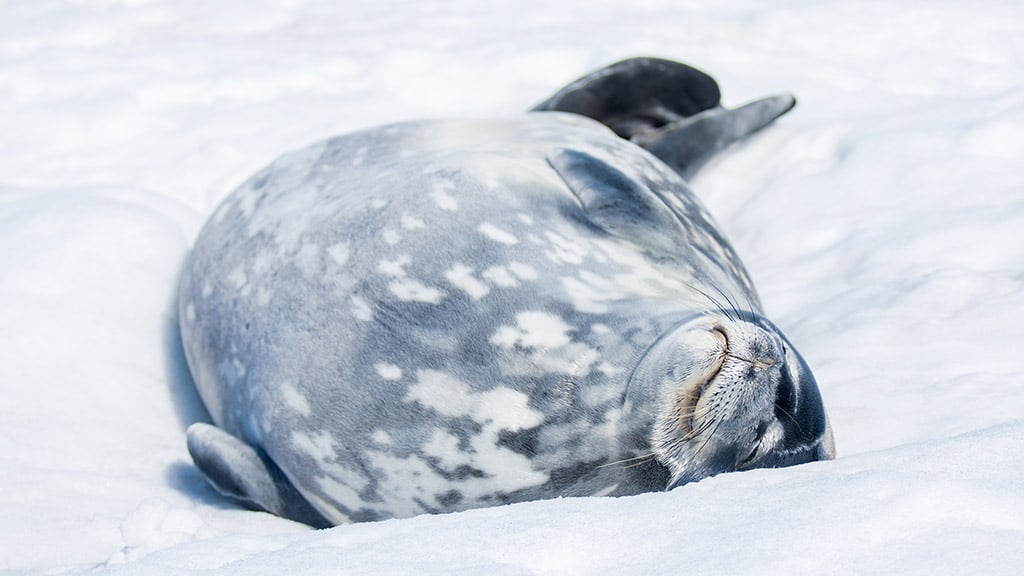
Weddell seal
Beyond their tiny smiling faces, these placid pinnipeds are among the largest, hardiest and most southerly of all seals. They might also be some of the most adorable seals in Antarctica, especially while seen snoozing on ice floes. Accomplished divers, Weddell seals are capable of staying underwater for up to an hour.

Southern elephant seal
Meet the boss of seals in Antarctica and the largest seal in the world. Weighing in at 8,800 pounds, the southern elephant seal can grow to over 20 feet in length. The seal’s name comes from the trunk-like appendage found on males’ heads, which they use to produce a “roar” in mating season. And you'll never forget the sight of these massive seals in Antarctica as they bound toward the water.



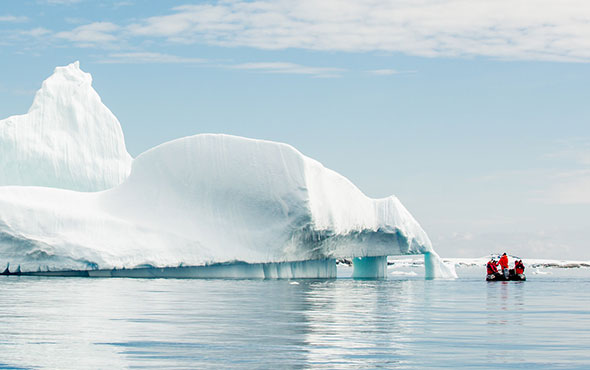

 The Americas
The Americas
 Europe, Middle East and Africa
Europe, Middle East and Africa Australia, NZ and Asia
Australia, NZ and Asia